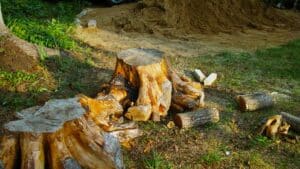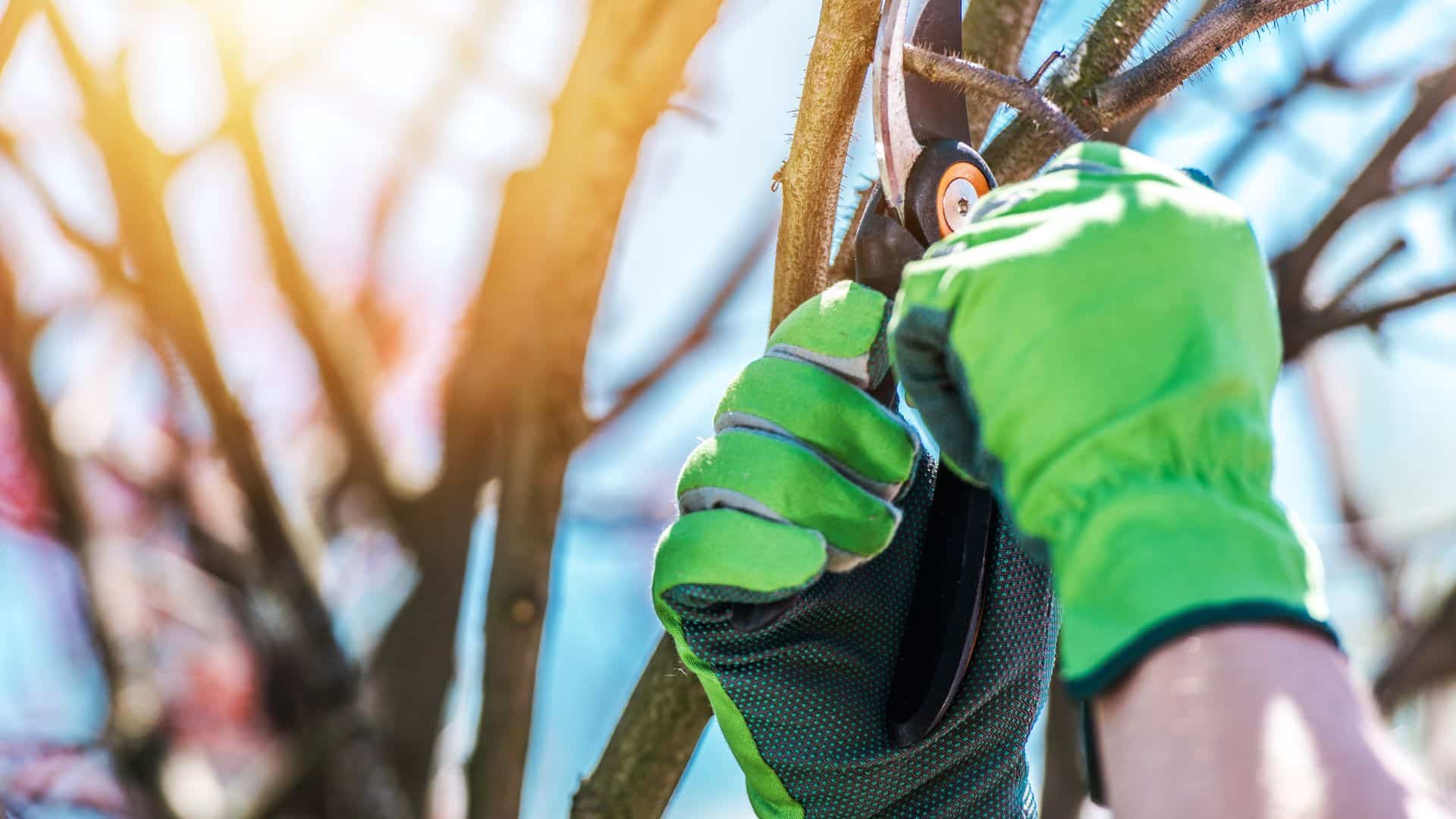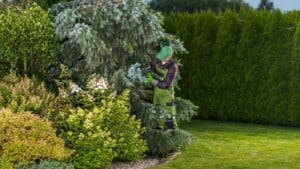
Signs It’s Time to Remove a Tree from Your Property
Trees are a vital part of our landscape, providing shade, beauty, and environmental benefits. However, there are times when a tree becomes more of a

Trees add beauty and value to your property, but they require regular maintenance to stay healthy and safe. One of the most important aspects of tree care is trimming. Knowing when your tree needs trimming can help prevent potential hazards, improve the tree’s health, and enhance the overall appearance of your landscape. Here are the top 10 signs that you need tree trimming.
One of the most obvious signs that you need tree trimming is the presence of dead or dying branches. These branches are often brittle and can break off easily, posing a risk to people and property. Removing dead branches helps prevent accidents and allows the tree to direct its energy toward healthier growth.
When branches grow too long and dense, they can become a problem. Overgrown branches may obstruct driveways, sidewalks, or power lines, posing safety hazards. They can also block sunlight from reaching your lawn or other plants, hindering their growth. Regular trimming keeps branches at a manageable length and ensures a safer, more attractive yard.
If you notice signs of disease or pest infestation, such as discolored leaves, unusual growth patterns, or holes in the bark, it’s time to trim your tree. Trimming affected branches can help prevent the spread of disease and pests to other parts of the tree and nearby plants. It’s important to address these issues promptly to maintain the overall health of your landscape.
Branches that cross or tangle with each other can create weak points in the tree. These areas are more susceptible to breakage, especially during storms or heavy winds. Trimming these branches helps improve the tree’s structural integrity and reduces the risk of damage.
If your tree appears lopsided or uneven, it may need trimming to balance its growth. Uneven growth can occur for various reasons, including environmental factors or previous improper pruning. Trimming helps redistribute the tree’s weight and promotes a more symmetrical and aesthetically pleasing shape.
A tree with an excessively dense canopy can suffer from poor air circulation and limited sunlight penetration. This can lead to issues like fungal growth and reduced vitality. Thinning out the canopy by trimming some branches allows for better airflow and sunlight, promoting a healthier tree and a more vibrant landscape.
After a storm, it’s crucial to inspect your trees for any damage. Broken or hanging branches are common after severe weather and can pose immediate dangers. Trimming damaged branches promptly helps prevent further harm to the tree and reduces the risk of injury to people or damage to property.
If your tree is shedding an unusual amount of leaves or fruit, it may be stressed or unhealthy. Excessive leaf or fruit drop can indicate underlying issues that need to be addressed. Trimming can help alleviate stress on the tree and encourage healthier growth.
Basal sprouts or suckers are shoots that grow from the base of the tree or along its trunk. These growths can divert energy away from the main tree, leading to weaker overall growth. Removing suckers and basal sprouts helps the tree concentrate its resources on the primary structure, promoting better health and stability.
When tree branches encroach on buildings, fences, or other structures, they can cause damage and create maintenance challenges. Trimming back these branches prevents potential harm to your property and maintains a clear and safe boundary around the tree.
Regular tree trimming is essential for maintaining the health, safety, and appearance of your trees. By recognizing the signs that you need tree trimming—such as dead branches, overgrowth, disease, crossing branches, and more—you can take proactive steps to ensure your trees remain strong and beautiful. Whether you choose to trim your trees yourself or hire a professional, timely maintenance can make a significant difference in the longevity and vitality of your landscape.

Trees are a vital part of our landscape, providing shade, beauty, and environmental benefits. However, there are times when a tree becomes more of a

When you cut down a tree in your yard, you’re often left with an unsightly stump that can become a nuisance. At this point, you

First impressions matter, especially when it comes to the appearance of your home. One of the most impactful ways to enhance your property’s curb appeal

Trees are vital components of our landscapes, offering shade, beauty, and ecological benefits. However, maintaining their health and aesthetics requires regular care, including tree trimming.
"*" indicates required fields
We will meet or beat most any price in writing. Reach out below for a free estimate or second opinion and we will provide a written estimate within one business day.

